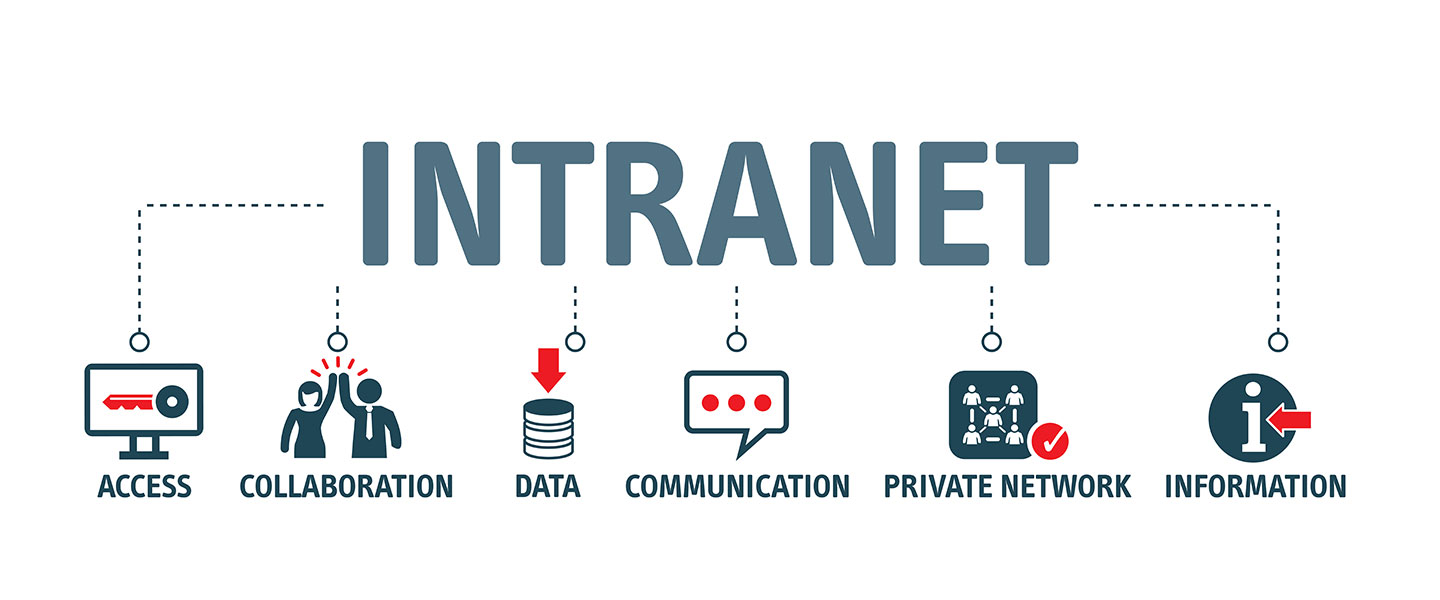
The Keys to a Successful Intranet Site
Intranet sites possess a huge amount of potential within an organization, but many turn into digital ghost towns. Yet there are also many companies whose intranet sites have become the lifeblood of the organization.
What are these organizations doing that makes their intranet sites so successful?
CONSOLIDATION
The most successful intranet sites create a central body of information filled with a tremendous amount of data that is valuable within the organization. Here are four major categories of information that should be consolidated into your intranet site.
News First, include news employees actually care about. Examples of this are organizational movements, policy changes, team KPIs, etc.
Resources Second, provide resources that employees might need for their jobs like PowerPoint templates, organization charts, employee directories, and office or branch location info, to name a few.
Tools Third, offer links to tools that employees use such as helpdesk ticketing systems, equipment order forms, etc. Ideally, all of the tools that employees use should be found or linked within the site.
Community Finally, promote the things that pull employees into a community, like public profiles, competitions, awards and recognition, and celebrations.
Once you have all of that, the next challenge is getting people to actually use it.

MARKETING
Don’t assume that “if you build it, they will come,” like in the movie Field of Dreams. Instead, you need to actively promote your intranet site as much as you would a product. There are plenty of ways to go about it, but let’s go over five of them.
Communication First, communicate the existence and importance of your intranet site to employees. Train them in it during orientation and all-hands meetings, include it in your employee handbook, and have signs around the office that promote the site.
Findability Second, findability is key. From outside the intranet site, make sure all roads point to it. Have it bookmarked in their browser or set it as their default webpage. When they’re using the intranet site, make sure it’s easy for them to find everything they need by tagging content properly and making documents searchable.
Notifications Third, have an alert system so they can subscribe to notifications for specific content. Have a daily, weekly, or monthly digest and post important announcements on the home page.
Ease of Use Fourth, make your intranet site easy to use. Users often give up on websites that are challenging to navigate. Make sure that the content is scannable, easy to read, simple to navigate, and has no broken links or unplanned downtime.
Authority Lastly, set your intranet site up as the ultimate authority. It should be the first, if not the only, place to find the latest news, statistics, and updates for the organization. You can also post content from senior leadership to help employees understand company priorities and strategies.